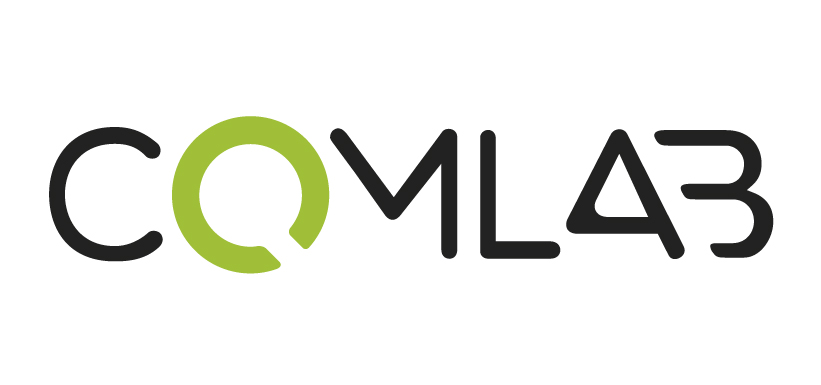Perhaps you just landed on our home page and went on to mouse over the button in the middle.
If so, you have seen a rapid succession of colourful photos. We devised this animation as an
example of the use of so-called “subliminal images”, those which our brain registers without our
being aware of it, as they have been before our eyes so briefly—less than a tenth of a second—
to cross the threshold of consciousness.
Subliminal images—ever since 1957
Vance Packard published his highly successful “The Hidden Persuaders”, where he showed
how advertising can be used to manipulate people, heavily affecting their choices even though
they do not realize it.
A few months after the book reached the shelves, James Vicary, a market researcher, claimed
that he had carried out an experiment inserting subliminal messages in a film called “Picnic”.
According to this statement, every five seconds people were exposed to 1/13th-second
messages ordering them to “eat popcorn!” and “drink Coca-Cola!”. Allegedly, this led to a
massive increase in the sales of popcorn and Coca-Cola. Vicary later admitted that no such
experiment had ever taken place; nevertheless his gimmick and Packard’s book led to a number
of debates on the psychological effects of advertising.
As a matter of fact, several scientific investigations deny the hypothesis that subliminal images
might influence our behaviour unconsciously; yet these visual tricks appear to have been used
in the most unexpected occurrences. “Might” seem therefore the most appropriate verb, as
when it comes to subliminal perception there is only a fine line between fact and fiction and
sometimes the effect depends on the beholder.
I messaggi segreti nei loghi
world-renowned brands employed this effect in their logotypes. Did you ever notice that the “Ex”
in FedEx includes an arrow, a symbol of speed and efficiency? Or that Amazon‘s yellow arrow
conceals a satisfied smile as well as hinting that on Amazon you can find anything from A to Z?
The seduction of colours
way. According to a 2006 investigation by professor Satyendra Singh at the University of
Winnipeg, called “Impact of color in Marketing”, about 90% of all spur-of-the-moment purchases
can be influenced by colours. Other surveys shows that our brain is attracted by immediately
recognizable patterns, so colours play a leading role when defining brand identity.
All-round suggestion
Now let us get back to our opening animation. Were you able to notice the images appearing in
quick succession when you moused over the centrally positioned switchlike element?
These evocative images feature a recurring circular element, similar to the one you can find in
our own logotype, characterized by an open “o” which looks like the sort of on/off switch you use
to start an electronic device. Indeed, its purpose is to start a quick slideshow conveying a
number concepts—colour, energy, liveliness, dynamism, technology, connection, nature, new
prospects: the keywords underlying our work at Comlab as well as the basic subjects you will
find in our blog.







